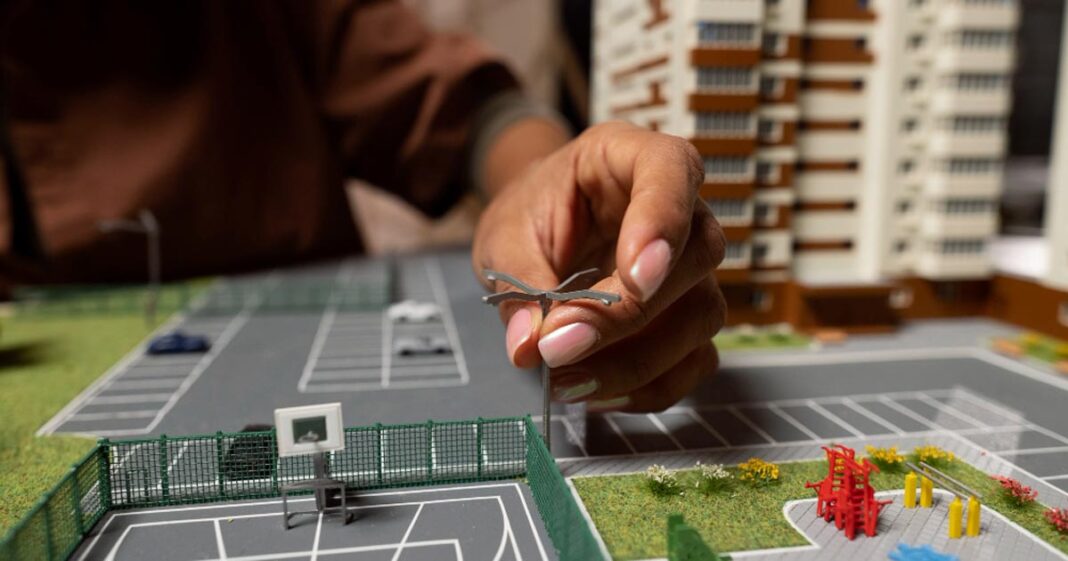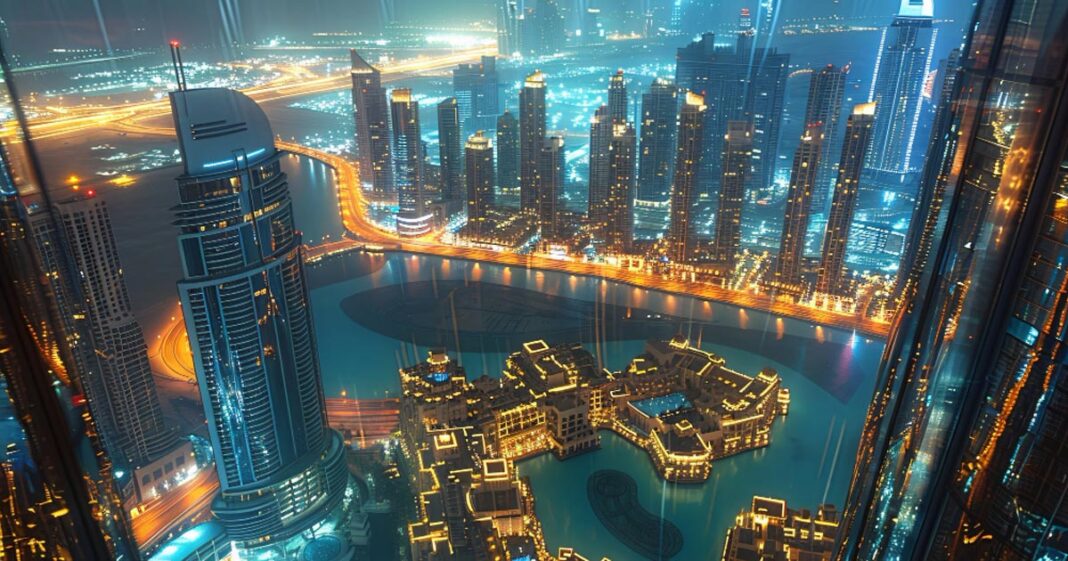
In a country where affordable housing remains a pressing challenge, a quiet revolution is underway—one that’s literally printing homes. 3D printing, once limited to prototyping and small-scale industrial design, is now making its way to India’s construction sites. And it’s not just about futuristic aesthetics; it’s about speed, sustainability, and solving real problems.
Imagine building a house not in months, but in just five days—and at a fraction of the traditional cost. This isn’t sci-fi; it’s the new reality of Indian home construction, thanks to 3D printing.
The Tech Behind the Transformation
At its core, 3D printing in construction, also known as contour crafting, uses a large robotic printer that extrudes a concrete mixture, layer by layer, to create walls and structures directly from digital blueprints. These printers can be pre-programmed with design schematics, reducing the need for manual labour and eliminating much of the traditional inefficiencies of brick-and-mortar building.
The material used is often a specially developed, quick-drying concrete or geopolymer that ensures structural integrity while being eco-friendly. It’s also more resistant to seismic shocks—a critical factor in earthquake-prone regions of India.
From Blueprint to Breakthrough: India’s Pioneers in 3D Home Printing
India’s breakthrough moment in 3D printed homes came in March 2021, when TVASTA Manufacturing Solutions, a Chennai-based startup, unveiled India’s first 3D-printed house. Created in collaboration with IIT Madras and supported by Habitat for Humanity’s Terwilliger Center for Innovation in Shelter, the house was built in just 21 days on the institute’s campus.
This 600-square-foot prototype was not only a technological marvel but also a potential solution to India’s housing shortage. Built using a proprietary concrete mix developed in-house, the structure cost significantly less than conventional methods. K.T. Rama Rao, Telangana’s Minister for IT and Industries, lauded the innovation on social media, sparking national attention.
But TVASTA didn’t stop there. In 2023, the startup received the National Startup Award in the Construction Category, recognizing its contributions to affordable and rapid housing solutions.
The Real-Life Impact: From Urban Slums to Aspirational Housing
A particularly heartwarming application of 3D printed housing happened in Villupuram, Tamil Nadu. In 2022, TVASTA collaborated with the NGO Habitat for Humanity India to build India’s first 3D-printed house for a low-income family. The house was gifted to a 65-year-old widow, Lakshmi, who had spent decades living in a makeshift hut vulnerable to rain and heat.
“The new house changed my life,” said Lakshmi in an interview with The Hindu. “It’s stronger, cooler, and I feel safe for the first time in years.”
This was a pivotal example of technology serving the underprivileged—not just as a concept, but as a real, tangible solution.
The IIT Madras Ecosystem: A Hotbed for Innovation
The success of 3D printed construction in India can largely be attributed to the ecosystem fostered by IIT Madras, which has emerged as a hub for deep-tech startups. The “TVASTA House” is only one example.
In 2024, IIT Madras announced its Center for Construction Automation, aimed at scaling up robotic construction, AI-integrated site monitoring, and of course, 3D printing. According to a report by The Times of India, this initiative is expected to help build 10 million affordable homes by 2030, aligning with the Indian government’s Pradhan Mantri Awas Yojana (PMAY) vision.
Scaling the Technology: Partnerships and the Road Ahead
Startups like L&T Construction, COBOD India, and Tvasta are now eyeing mass adoption through partnerships with government and private developers. In 2023, L&T Construction announced a pilot project in Bengaluru for a 3D printed military bunker, completed in just three weeks.
This isn’t just useful in peacetime. According to a report in The Indian Express, 3D printing could enable the rapid construction of shelters in disaster-hit areas, such as flood or earthquake zones—offering fast, reliable, and cost-effective housing when it’s needed most.
Environmental Benefits: Building Green, Not Just Fast
Traditional construction accounts for nearly 40% of global CO2 emissions. 3D printing offers a greener alternative. The material wastage is minimal, and the energy required is significantly lower. Some projects even incorporate recycled materials, such as fly ash and construction debris, into the mix—turning trash into shelter.
A 2022 study by the Council on Energy, Environment and Water (CEEW) noted that 3D printing could reduce construction carbon footprints by up to 70%, if implemented at scale.
Challenges That Remain
Of course, there are hurdles. The technology is still in its early stages and remains relatively expensive to deploy on a large scale. There’s also a regulatory gap—most municipal building codes do not yet account for 3D printed structures, creating a bottleneck for permits and approvals.
Moreover, training construction workers and engineers in this new method requires coordinated effort between academia, industry, and government.
Looking Ahead: Printing the Future
Despite the challenges, the momentum is strong. Indian startups are now exploring modular 3D printing, where housing components are printed off-site and assembled like Lego blocks. This could further reduce time and costs, especially in dense urban areas.
As India urbanizes rapidly, the need for sustainable, scalable, and fast housing will only grow. 3D printing may not just be a solution—it could be the only viable answer in the coming decades.
What once seemed like a novelty in the tech labs of IITs is now pouring concrete dreams into reality. From Lakshmi’s home in Tamil Nadu to military bunkers in Bengaluru, 3D printing is reshaping how India builds—and lives.
In the words of Adithya V, co-founder of Tvasta, “We are not just building houses; we’re building hope.” And as more walls rise—layer by layer—that hope is becoming concrete.





